Spirent Launches Multi-GNSS Constellation Simulator
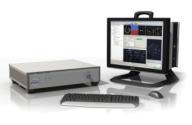
Spirent Communications has launched its GSS6700 Multi-GNSS Constellation Simulator with test test capability GPS, GLONASS, and the planned European Galileo system.
By Inside GNSS
Spirent Communications has launched its GSS6700 Multi-GNSS Constellation Simulator with test test capability GPS, GLONASS, and the planned European Galileo system.
By Inside GNSSComments submitted to the Office of the U.S. Trade Representative (USTR) suggest that the Galileo program is finally nearing a decision on commercial use of specifications for its Open Service (OS), but U.S. officials remain concerned that this nation’s equipment manufacturers not be placed at a competitive disadvantage. Meanwhile, Galileo simulators appear to finally be reaching receiver manufacturers, despite the absence of official approval.
By Inside GNSS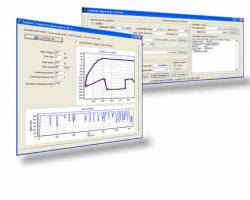
UK electronics design and manufacturer Racelogic has released new scenario-generation software, SatGen, intended to simplify creating custom scenarios for the company’s LabSat GPS Simulator.
According to Racelogic, the software can simulate user-defined dynamic GPS scenarios from scratch anywhere in the world.
By Inside GNSS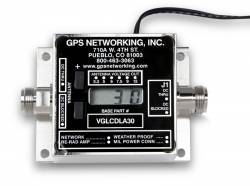
GPS Networking, of Pueblo, Colorado, has launched the VGLCDLA30RPDC, a variable gain GPS in-line amplifier with LCD display and push button control.
Featuring a range of 0–30 dB, the VGLCDLA30RPDC’s push button control can increase or decrease gain in increments of 1 dB, enabling operators to make precise adjustments quickly and view the output power at any given time for more efficient testing.
The unit operates on 110VAC or 220 VAC transformer (wall mount) and 240 VAC (United Kingdom). Connector options include types N, SMA, TNC, and BNC.
By Inside GNSS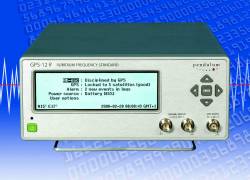
Pendulum Instruments, Stockholm, Sweden, has introduced four new options for the company’s GPS-12 Portable Frequency Standard family.
First released in 2006, the GPS-12R, a portable GPS controlled rubidium Frequency Standard with battery backup power, supplies a variety of standard frequencies for general metrology (1, 5, and 10 MHz), base station test (13 MHz) and telecom (E1/T1 clock/data).
By Inside GNSS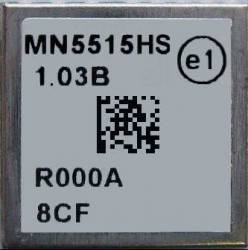
Micro Modular Technologies (MMT), of Irvine, California, has introduced its MN5515HS GPS receiver module, a low-power, 20-channel GPS receiver module based on the SiRFstarIII GPS receiver chipset.
The MN5515HS has a reported cold-start acquisition sensitivity of –145dBm and tracking sensitivity of –159dBm.
By Inside GNSS
The GPS Wing has announced that the Raytheon Modernized User Equipment (MUE) team has achieved live satellite M-code tracking with an MUE receiver.
The team has developed modernized versions of the Avionics GPS Receiver Application Module and Ground Based GPS Receiver Applications Module (GB-GRAM) receivers under MUE receiver development contracts awarded to three companies in June of 2006. M-code signals from Block IIR GPS satellites were acquired using a Raytheon GB-GRAM-M.
By Inside GNSS GPS satellite L-band antenna elements
GPS satellite L-band antenna elementsThe GPS Wing is reaching out to receiver manufacturers and the user community to gather comments on the SVN49 signal anomaly and the Air Force’s provisional solution to the problem.
Despite earlier news reports suggesting that the problem, which has kept the latest GPS satellite from being declared operational, was on its way to being solved, a GPS Wing spokesperson characterized the remedy of altering the satellite’s broadcast orbital position (ephemeris) and time as only a “partial fix.” Indeed, high-precision dual-frequency users, such as those in the International GNSS Service, may continue to encounter difficulties in handling the SVN49 signal.
By Inside GNSS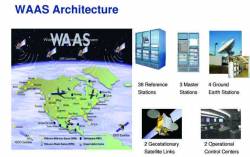 FAA graphic
FAA graphicGNSS manufacturer NovAtel Inc., of Calgary, Alberta, Canada, has received a new contract from the Federal Aviation Administration (FAA) to develop the next-generation GPS Wide Area Augmentation System (WAAS) reference receiver (the “GIII” receiver). The three-year contract is worth up to US$9.7million.
By Inside GNSS
When GPS reference receivers at the European Space Operations Center (ESOC) detected a 150-meter error in the broadcast ephemerides (orbital position) for the latest GPS satellite — Space Vehicle Number 49 or SVN49 — scientists there assumed that a problem had arisen with the spacecraft’s navigation payload.
After all, coupled with an apparent 500-nanosecond clock error, the ephemerides could produce many kilometers of errors for navigation receivers.
By Inside GNSS before launch.jpg) Members of the 45th Launch Support Squadron, along with the 45th Range Management Squadron’s GPS team, pause in front of the GPS IIR-20 satellite atop its Detla II booster prior to its launch March 24. (Lockheed Martin photo/Bruce Johnson)
Members of the 45th Launch Support Squadron, along with the 45th Range Management Squadron’s GPS team, pause in front of the GPS IIR-20 satellite atop its Detla II booster prior to its launch March 24. (Lockheed Martin photo/Bruce Johnson) U.S. Air Force officials have confirmed that signal anomalies on the latest GPS satellite — IIR-20(M), also identified as SVN49/PRN01 — are related to the interface to the new L5 payload also on board.
But the problem appears fixable.
The spacecraft has remained is still in early orbit checkout since its launch on March 24 and has not been introduced into the operational constellation.
A dedicated response team of Air Force and contractor experts are wrapping up their investigation of the cause of the L1 signal anomalies, which were detected on April 9. The signal distortion was initially observed as an elevation-dependent bias in ranging measurements from GPS monitor stations.
By Inside GNSS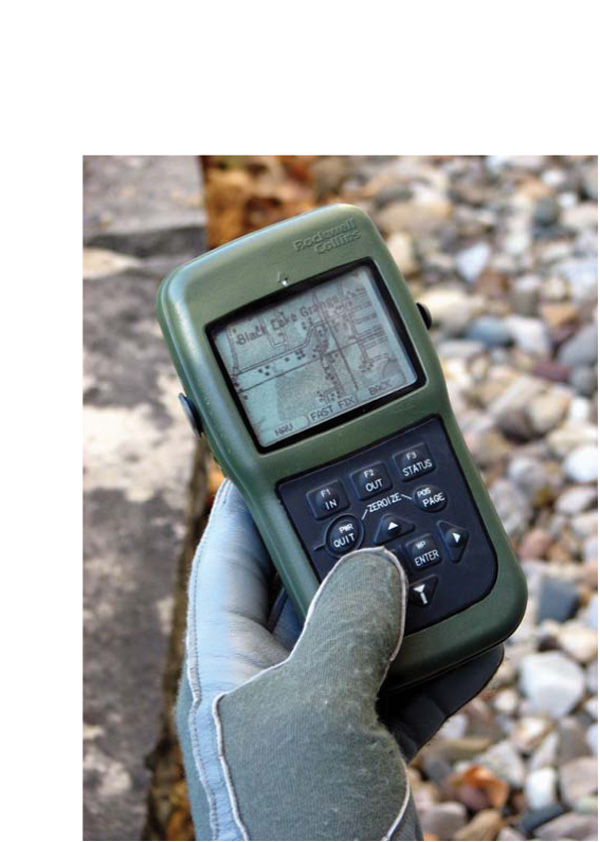 DAGR 2008. Rockwell Collins image
DAGR 2008. Rockwell Collins imageDevelopment and acquisition of military GPS user equipment (MGUE) are taking on new dimensions across the board — institutionally, procedurally, and technologically.
Along the way, the changes could redefine relationships within the Department of Defense (DoD) and between the agency and industry.
At the agency level, a proposal is forthcoming to “stand up” a positioning, navigation, and timing (PNT) user equipment joint program office (JPO) that would incorporate UE responsibilities (and budgets) now exercised by the GPS Wing (GPSW).
By Inside GNSSPacific Crest Corporation has appointed GPS/GNSS industry veteran Don Speedy to head business development and sales for North America. With more than nine years of successful experience in business development and OEM GNSS, geographic information systems (GIS) and survey sales, Speedy will be responsible for driving strategic partnerships in OEM GNSS and data link communications while maintaining regional relationships.
By Inside GNSS